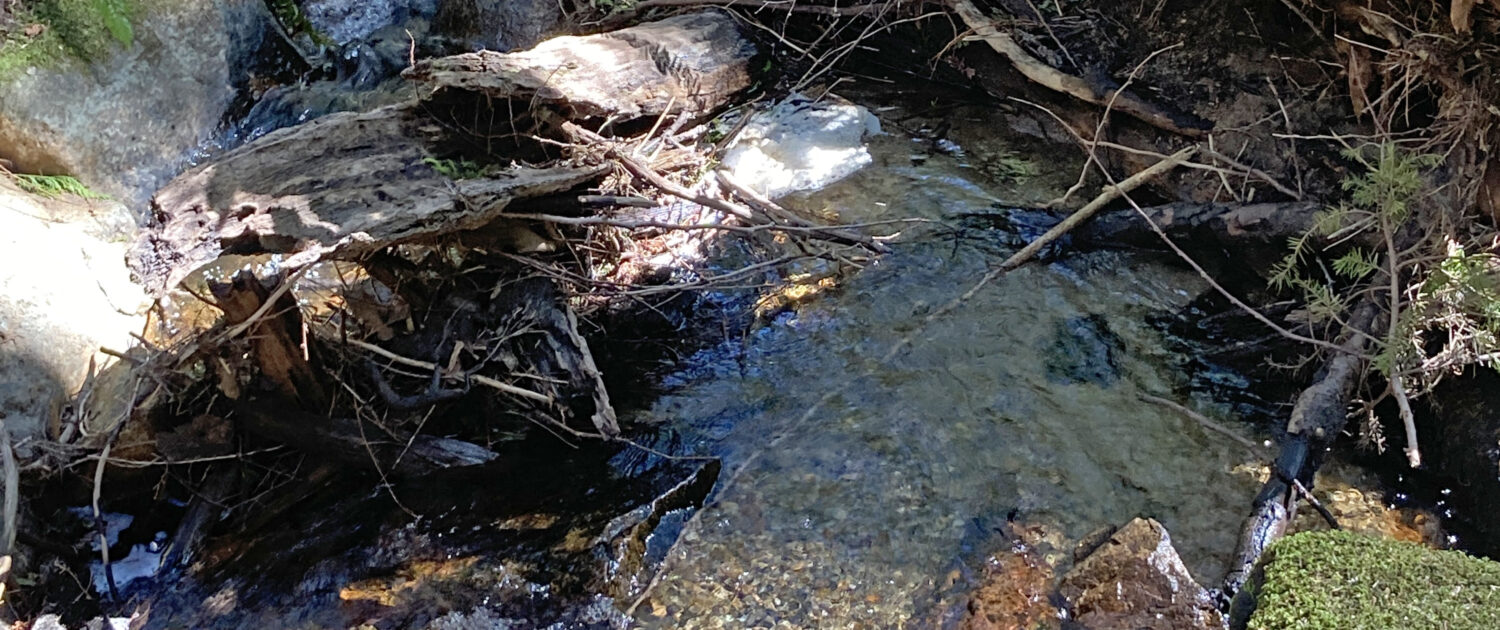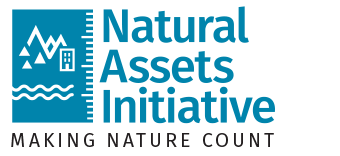
Nature: is it worth it?
Walking a fine line.
Nature-based solutions, according to International Union for Conservation of Nature, are actions to protect, sustainably manage, and restore natural and modified ecosystems that address societal challenges, simultaneously providing human well-being and biodiversity benefits.
As a subset of this field, natural asset management helps local governments deliver core services by conceptualizing and ultimately managing nature as core infrastructure. This helps them address twin challenges of declining infrastructure and ecosystem quality.
Natural asset management has a valuation component. This raises a question: does natural asset management risk merely slapping a price tag on nature and hastening its commodification and demise?
Answering the question requires that we look both at what is meant by a “valuation” in natural asset management, and at the context within which valuations occur.
First, natural asset management values natural assets for the services they provide. There is no suggestion that the values represent the true “worth” of nature, which would be impossible to calculate. This is analogous to the distinction between a person’s salary and their value as a human being; they are separate things.
To elaborate, MNAI values services from nature to two beneficiaries: local governments, and communities more generally.
For local governments, the value of, for example, stormwater management services they receive from wetlands can be calculated by modelling the wetland, determining its condition and properties, and what an engineered asset would cost to do the same job. This is important to do because each day, local governments make decisions on planning, land-use, developments, and infrastructure. If these decisions proceed without understanding the value of nature’s services, make no mistake: the local government still gives nature a value – it just happens to be zero. The natural asset management valuation component, while far from perfect, helps nature to be present in local government decision-making.
For community beneficiaries more generally, MNAI can, for example, determine the value of recreational, health, carbon sequestration, and pollination from natural assets using standard economic approaches. The resulting numbers may not always be useful to local governments, which are not responsible for pollination and health as such. However, they can give a strong sense of the incredible value of the services we receive from nature, raise awareness and interest, and provide evidence for better decision-making in the wider community.
Together, the service values to local governments and communities provide a composite figure that should be considered as a minimum service value.
Why a minimum?
Because natural assets tend to adapt to, and continue to provide service in, a changing climate. This means natural assets can become more valuable over time, unlike constructed or manufactured assets which decay and depreciate. They are also a minimum because it is challenging and impractical to understand and value all services from nature; indeed, most local governments will assess only a handful of key services from natural assets. Furthermore, valuations cannot readily be applied to everything that is relevant to natural asset management, particularly in areas where there is no replacement for the natural asset or no market for the service. Health, resilience and the intrinsic value of nature are examples. It is difficult to put a dollar figure on all social determinants of health derived from nature or on the value of a resilient community. Nevertheless, these are outcomes that many local governments will seek to maximize through natural asset management.
Of course, if nature currently loses in local government development decisions because its value is implicitly zero, then it could still lose out in cases where it provides services in a more costly way than engineered solutions. This challenge requires ongoing consideration. Reasonably speaking, though, the chances of this happening are far less where a comprehensive range of long-term values from nature are assessed and understood.
Second, it is important to situate valuations properly within natural asset management.
Natural asset management is a well-articulated process with components, including developing inventories, condition assessments and risk identifications; modelling to determine the current services provided by natural assets; planning to explore the effects of different management actions on service delivery levels; and an ongoing implementation and monitoring. Stated differently, valuations are just one piece.
Most importantly, the goals and central organizing principles of natural asset management relate to ensuring sustainable service delivery, not valuation. Stated differently, the point of natural asset management is not to put a price on something; the valuation is only a means to an end. Rather, the point is to reconceptualize connections between assets and services; understand, in practical ways, nature as the underpinning of all services upon which we rely and on which all economic activity depends; and protect, maintain and enhance nature such that services continue to flow reliably. This, in turn, requires that underlying ecosystems remain, or are rehabilitated to be, healthy and biodiverse and implies a reciprocal relationship.
The service delivery focus of natural asset management does, evidently, conceptualize nature narrowly in human-centric terms. While this could be a weakness, it also links to challenges most recently highlighted in The Economics of Biodiversity: The Dasgupta Review. The authors note that tackling the biodiversity crisis – and by extension the climate crisis – requires understanding and accepting that all human economies are embedded within nature, and are not external to it. Natural asset management, by forcing us to understand in practical terms our dependencies on nature does precisely this and thus provides a partial solution to the challenges that prompted the report.
Does natural asset management risk merely slapping a price tag on nature and hastening its commodification and demise? The current answer is no. With vigilance, it will stay that way. “Vigilance” means here, at a minimum, focussing on enhancing the underlying natural asset biodiversity, connectivity and health as a means to sustainable service delivery. It also means ensuring that valuations are not a sole driver for decision making, being mindful of the limitations and potential pitfalls of this approach, and working to avoid them. With such an approach, natural asset management can help preserve the health of ecosystems and the vital services on which all communities depend.
Roy Brooke
MNAI Executive Director


